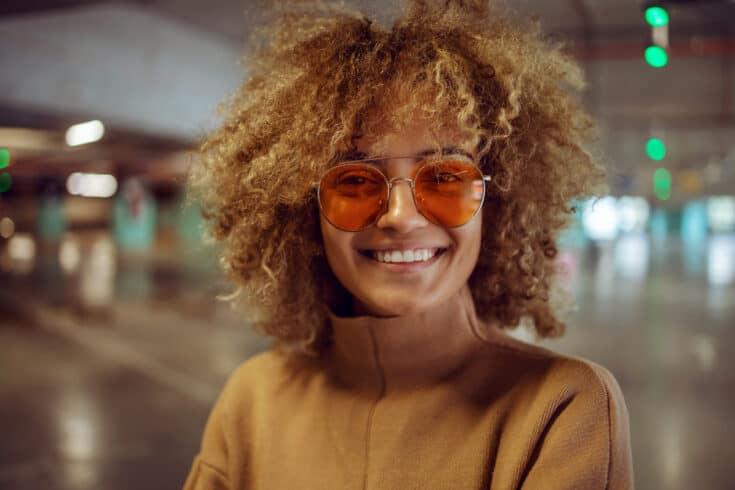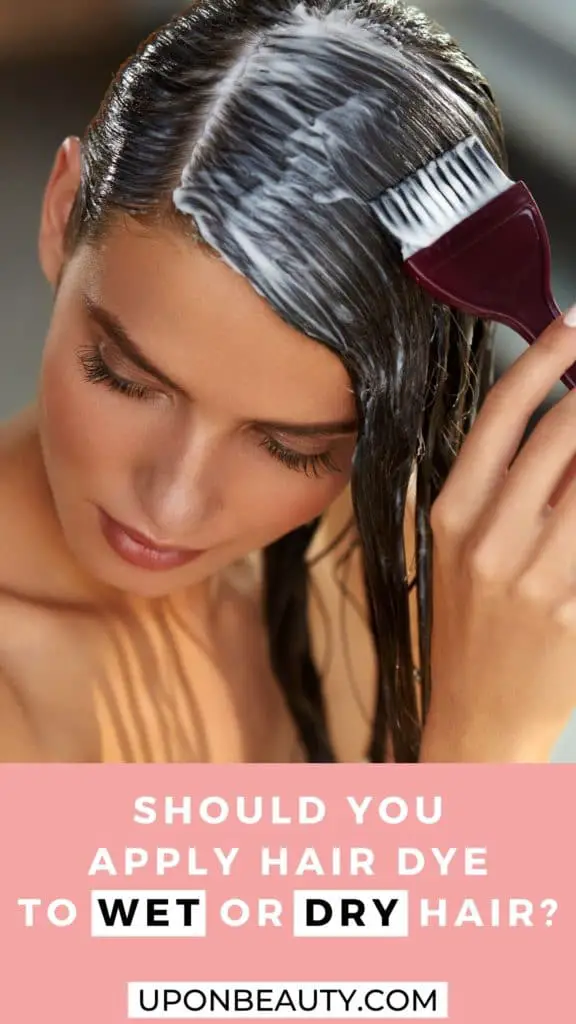Table Of Content

It is a great choice for wet coloring as it doesn’t permeate the cuticle like permanent dyes. Yes, because if you’re going for subtlety, then applying color to damp locks can help create an even look while using less product than when dealing with dry strands. But also no – as proper care must be taken before and after coloring to ensure that any heat damage from hot tools (such as blow-drying) isn’t too extreme for healthy tresses.
Color Types That Work Best for Dyeing Wet Hair
When the hair is dry, the hair color can be distributed evenly. When you color your hair while it is wet, water can create a barrier preventing the color from fully penetrating your hair. Hair color can easily be used on wet hair if it is done right. Taking good care of hair and wringing out the hair gives the best results.
Does your hair have to be dry to dye it?
Dyeing your hair is difficult to do if you don’t have professional guidance. And, since we don’t have hairstylists in our back pockets, we often have to make sense of the dyeing process ourselves. For those seeking slight color changes or all-over color treatments, wet dyeing is a great option. Our hair cuticles serve as a protective shield for our locks. But when damp, they open up, making our hair more susceptible to damage. Dyeing your hair can be so much easier when you apply it to damp hair.
The Magic of Damp Hair
In conclusion, there are several alternatives to dyeing wet hair that can give you the hair color transformation you desire without causing damage to your hair. These products come in various forms such as sprays, gels, and mousses, and they can easily be washed out with shampoo. They are perfect for special occasions or for experimenting with different hair colors without committing to a permanent change. One alternative to dyeing wet hair is to dye it when it is completely dry.
Box dye instructions usually call for dry hair application, while stylists often add color to wet hair. While water makes it easier to get the dye onto every strand of hair, it’s overall less precise when it comes to color application. If you insist on doing a drastic color change with wet hair, it’s best to keep some dye on the side before you rinse to go over any missed spots. Demi-permanent colors are more durable than semi-permanent dye.
Tips To Keep Your Hair Dye From Fading
Washing your hair about one or two days before you plan to wash it is typically best. In most cases, you may only sufficiently color a portion of the head. If the dye allows wet hair application, the moisture in the hair can help spread the dye[2] evenly and reach the hair shaft. However, dyeing wet hair is a complicated process that requires professional knowledge and good moisture balance to avoid hair breakage.
Should You Wash Your Hair Before Coloring?
And if you apply permanent hair dye on wet hair, the moisture will dilute the chemicals and prevent proper color absorption. This may result in uneven application and poor color payoff. It’s important to note that dyeing wet hair may not yield the same intensity of colour as dry hair dyeing. The results you can achieve with wet hair dyeing might be more subtle and suited to specific highlighting techniques. Always make sure to read and follow the instructions on your chosen hair dye and consult with a professional stylist if you’re unsure how to proceed. As a matter of fact, even in hair salons, hair stylists also use wet hair application if customers require.

How to Protect Color-Treated Hair in the Pool: 6 Ways to Keep Color Fresh - Glamour
How to Protect Color-Treated Hair in the Pool: 6 Ways to Keep Color Fresh.
Posted: Tue, 22 Jun 2021 07:00:00 GMT [source]
What will happen is the color will be more diluted and will only subtly sit on top of your hair. There may be spots where the dye does not stick to your hair completely, making it look patchy. StyleCraze provides content of general nature that is designed for informational purposes only. The content is not intended to be a substitute for professional medical advice, diagnosis, or treatment. Structure First, Mess Up SecondThe secret to perfect the messy braid is to first create a perfectly structured braid. Tighten the Fishtail"Remember to keep the pieces you are taking from each side small," says Dana Tizzio, stylist at Butterfly Studio Salon.
You can, but the question really is whether or not you should. Hair dyes that use ammonia as a developer can cause damage to the hair, and if your hair already has its cuticle opened up from water, that can lead to overexposure. When your hair is exposed to warm water, the cuticles open up and increase your hair’s porosity, meaning it gets ready to soak up all liquids that come into contact with it.
Oftentimes, if you go to the salon, a professional will put color on dry instead of wet hair. When hair is wet, it tends to absorb the water into the hair before the dye has even been applied. This will cause the hair color to not absorb into your hair evenly.
You should follow up the shampoo with the right conditioner to prevent potential damage, a known fact among dyed hair. When dyeing wet hair, it's essential to be careful and avoid getting water or dye in your eyes. While most hair dyes are safe to use, they can still cause irritation if they come into contact with your eyes. If this happens, rinse your eyes with water immediately and seek medical attention if necessary.

No comments:
Post a Comment